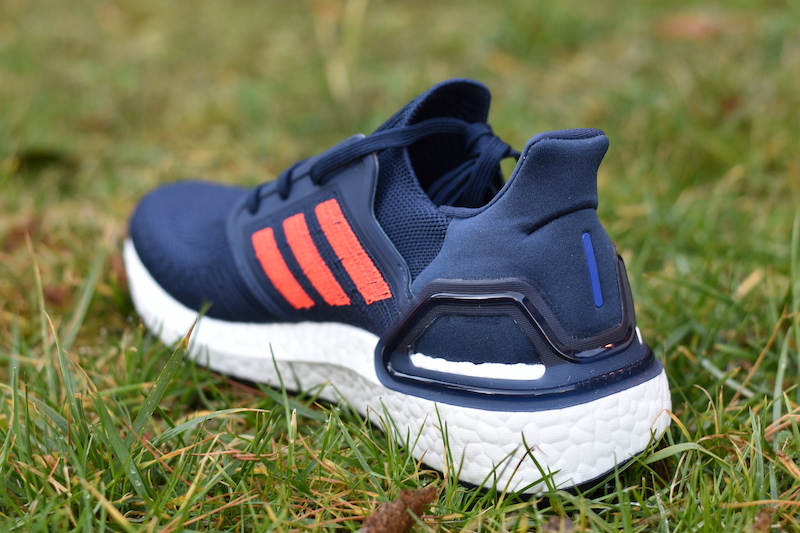
The main one, with heart rate, pace, duration, and distance is excellent.

You can cycle through key metrics, which I find well laid out over a few screens. Simply select ‘run’ from the workout list and the signal connects quickly, and then you’re a button push away from starting the recording.

Running tracking is dead simple with the built in GPS, Glonass, Galieo, and QZSS satellite support. It’s so good at what it sets out to do that I found it quite easy to forgive its plainness and some of the annoying quirks I’ve described. The Polar Pacer is absolutely stuffed with fitness features. This is much less advanced than other watches where you can already pick which apps should ping you, rather than having to manually opt out after they have already done so. But it’s difficult to select which apps you’d like to notify you – you can block them, but they only show up as options if and after the app has sent a notification to the watch from your phone. You can also choose whether notifications, if on, ping you during a workout. It is infuriating and pointless because you can’t even interact with the notification to control the audio. If you have enabled notifications but haven’t separately enabled music controls, the watch vibrates and prompts you with a notification every time you play or pause audio such as a music track on Spotify or Tidal. The most annoying thing I came across was when paired to an Android phone.

Many smartwatches can update their companion apps automatically and this really should be the case for Polar. It’s all much easier to view on the Polar Flow app for iOS or Android, which syncs comprehensively with the watch, but only when the app is open, and when you press and hold the lower left button. This is all useful but cycling through isn’t necessarily the best way to view all the data and I often forgot it was there. I like how the time is always on the home screen and how the up and down buttons on the right side cycle through various data sets: date, daily activity goal percentage, how active you’ve been recently, heart rate, how long ago your last training session was, ‘nightly recharge’ sleep tracking information, workout recommendations, weather, how long you worked out last week, and music controls (if switched on in settings).


 0 kommentar(er)
0 kommentar(er)
